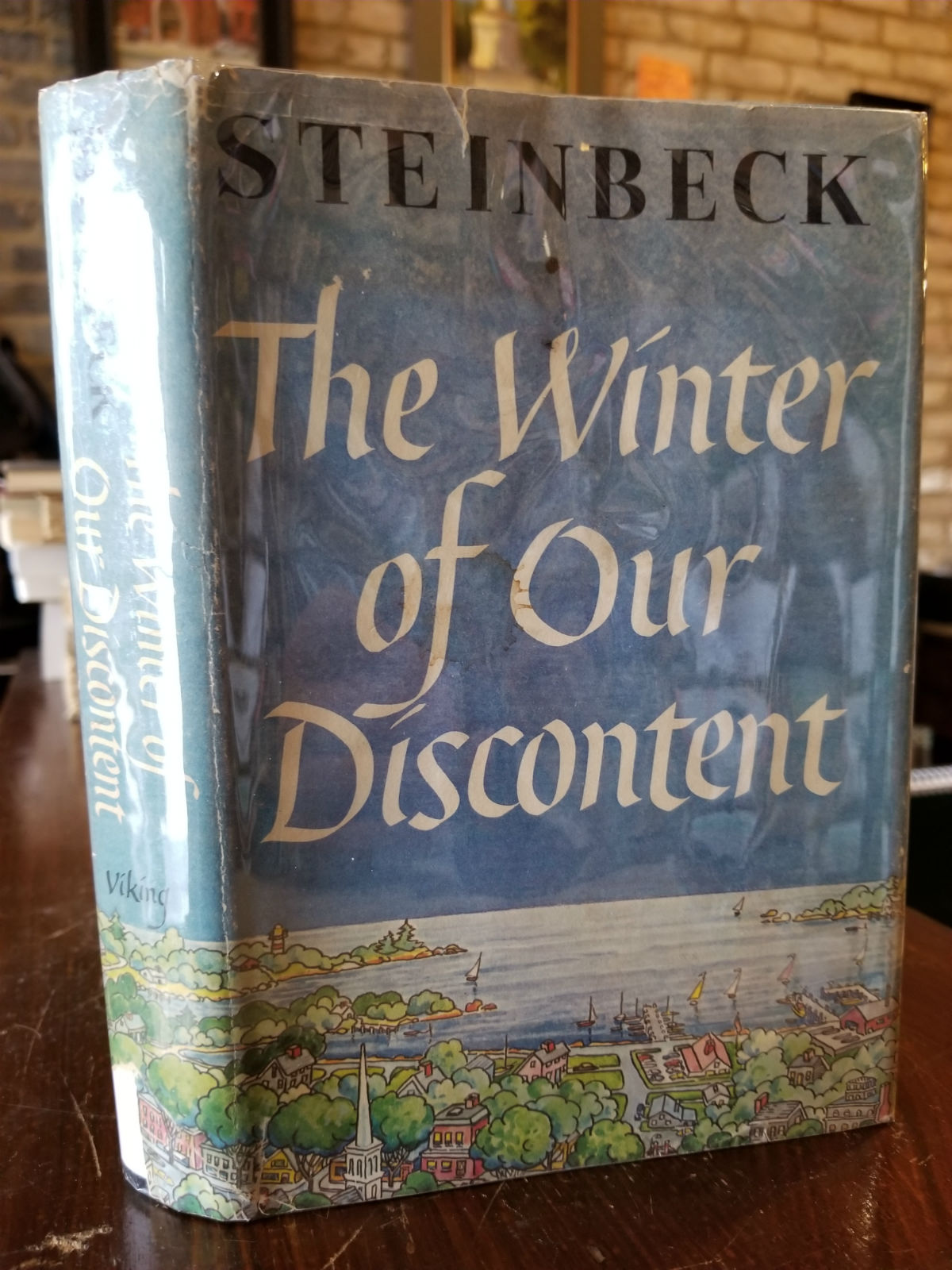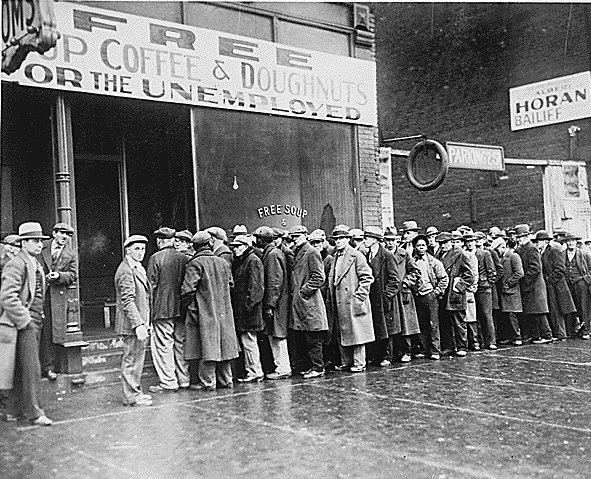In Part 1 of this article I discussed the catalyst spark which ignited this Fourth Turning and the seemingly delayed regeneracy. In Part 2 I pondered possible Grey Champion prophet generation leaders who could arise during the regeneracy. In Part 3 I will focus on the economic channel of distress which is likely to be the primary driving force in the next phase of this Crisis.
There are very few people left on this earth who lived through the last Fourth Turning (1929 – 1946). The passing of older generations is a key component in the recurring cycles which propel the world through the seemingly chaotic episodes that paint portraits on the canvas of history. The current alignment of generations is driving this Crisis and will continue to give impetus to the future direction of this Fourth Turning. The alignment during a Fourth Turning is always the same: Old Artists (Silent) die, Prophets (Boomers) enter elderhood, Nomads (Gen X) enter midlife, Heroes (Millennials) enter young adulthood—and a new generation of child Artists (Gen Y) is born. This is an era in which America’s institutional life is torn down and rebuilt from the ground up—always in response to a perceived threat to the nation’s very survival.
For those who understand the theory, there is the potential for impatience and anticipating dire circumstances before the mood of the country turns in response to the 2nd or 3rd perilous incident after the initial catalyst. Neil Howe anticipates the climax of this Crisis arriving in the 2022 to 2025 time frame, with the final resolution happening between 2026 and 2029. Any acceleration in these time frames would likely be catastrophic, bloody, and possibly tragic for mankind. As presented by Strauss and Howe, this Crisis will continue to be driven by the core elements of debt, civic decay, and global disorder, with the volcanic eruption traveling along channels of distress and aggravating problems ignored, neglected, or denied for the last thirty years. Let’s examine the channels of distress which will surely sway the direction of this Crisis.
Channels of Distress

“In retrospect, the spark might seem as ominous as a financial crash, as ordinary as a national election, or as trivial as a Tea Party. The catalyst will unfold according to a basic Crisis dynamic that underlies all of these scenarios: An initial spark will trigger a chain reaction of unyielding responses and further emergencies. The core elements of these scenarios (debt, civic decay, global disorder) will matter more than the details, which the catalyst will juxtapose and connect in some unknowable way. If foreign societies are also entering a Fourth Turning, this could accelerate the chain reaction. At home and abroad, these events will reflect the tearing of the civic fabric at points of extreme vulnerability – problem areas where America will have neglected, denied, or delayed needed action.” – The Fourth Turning – Strauss & Howe
Continue reading “FOURTH TURNING: CRISIS OF TRUST – PART 3”











